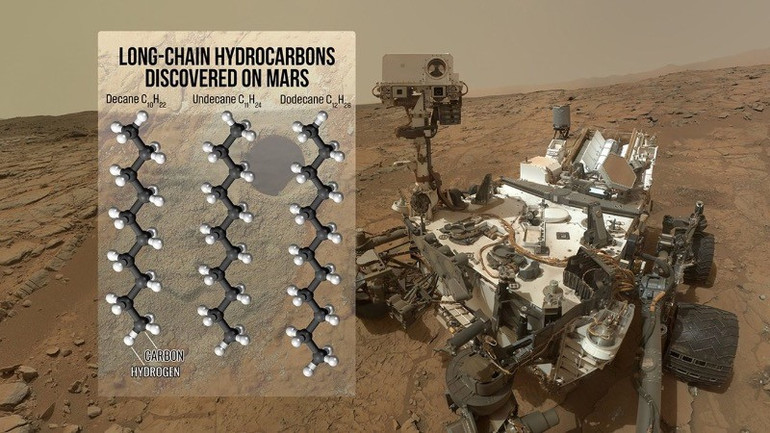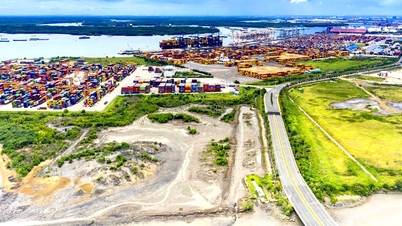
According to a team of authors led by Huixing Bi of the University of Science and Technology of China (Hefei), Mars' solid inner core has a radius of about 610km. The existence of a solid core layer indicates that crystallization and solidification are still taking place as the planet continues to cool over time.
This makes the structure of Mars’s core much more Earth-like than previously thought and suggests it once had the ability to create a “dynamo” effect. On Earth, the temperature difference between the solid inner core, liquid outer core and mantle creates convection currents, which in turn create and sustain the magnetic field. The magnetic field acts as a shield against the solar wind, helping to sustain life.
Previously, models from NASA's InSight lander data only showed that the Martian core was liquid, with a larger size and lower density than expected. In 2021, Simon Stähler's team (ETH Zurich, Switzerland) confirmed the existence of this liquid core but did not have enough evidence to confirm the existence of a solid core.
This time, the researchers selected suitable “Marsquakes” and applied new signal analysis techniques to detect seismic waves passing through the inner core boundary.

The findings also help explain why Mars once had a magnetic field and a thick atmosphere that allowed liquid water to flow on its surface. Evidence of rivers, shallow lakes, and underwater mineral deposits on the planet’s surface is clear. As the core lost its ability to sustain convection, the magnetic field disappeared, and the atmosphere was gradually blown away by the solar wind into space, leaving the planet as cold and dry as it is today.
Scientists say the discovery of a solid core not only expands understanding of Mars' history but also helps build general models of the formation and evolution of rocky planets in the solar system.
This is also a testament to progress in scientific data collection and analysis, as previously competing models are gradually supplemented and adjusted based on new evidence.
Source: https://nhandan.vn/giai-ma-thanh-cong-bi-an-ve-loi-sao-hoa-post906614.html


![[Photo] Opening of the World Cultural Festival in Hanoi](https://vphoto.vietnam.vn/thumb/1200x675/vietnam/resource/IMAGE/2025/10/10/1760113426728_ndo_br_lehoi-khaimac-jpg.webp)
![[Photo] Discover unique experiences at the first World Cultural Festival](https://vphoto.vietnam.vn/thumb/1200x675/vietnam/resource/IMAGE/2025/10/11/1760198064937_le-hoi-van-hoa-4199-3623-jpg.webp)


![[Photo] General Secretary attends the parade to celebrate the 80th anniversary of the founding of the Korean Workers' Party](https://vphoto.vietnam.vn/thumb/1200x675/vietnam/resource/IMAGE/2025/10/11/1760150039564_vna-potal-tong-bi-thu-du-le-duyet-binh-ky-niem-80-nam-thanh-lap-dang-lao-dong-trieu-tien-8331994-jpg.webp)
















![[Photo] Discover unique experiences at the first World Cultural Festival](https://vphoto.vietnam.vn/thumb/402x226/vietnam/resource/IMAGE/2025/10/11/1760198064937_le-hoi-van-hoa-4199-3623-jpg.webp)



![[Photo] Ho Chi Minh City is brilliant with flags and flowers on the eve of the 1st Party Congress, term 2025-2030](https://vphoto.vietnam.vn/thumb/1200x675/vietnam/resource/IMAGE/2025/10/10/1760102923219_ndo_br_thiet-ke-chua-co-ten-43-png.webp)



































































Comment (0)